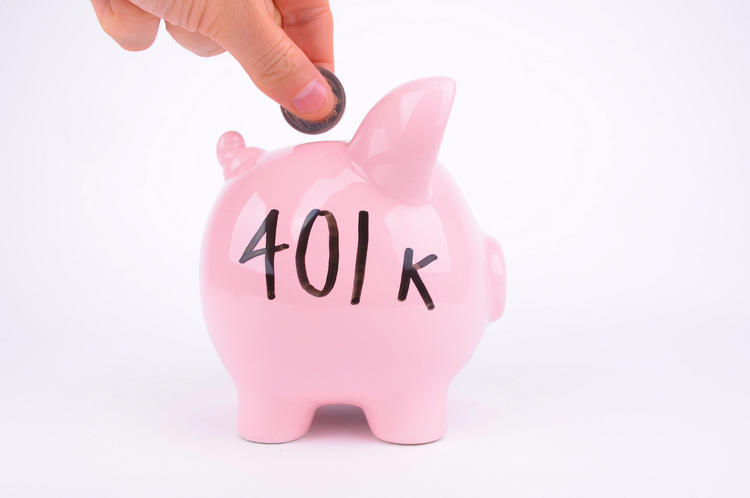With both short, medium, and long-term rates rising over the last month, the higher average rate will result in lower lump-sums for those retiring in March of 2022. When employees elect the month they would like to begin their pension. When interest rates move up or down, your pension lump sum amount will move in an inverse relationship. Through the pandemic, interest rates dropped dramatically which has greatly increased many lump sum payments. However, rates have increased significantly over 2021 and 2022, causing a reduction in pension lump-sums.
Should you desire to take your pension as a lump sum (if you company offers it), your company will use interest rates and your age to calculate your lump sum payment. Your pension is calculated based on your last date of employment and benefit start date. The benefit calculation is a defined benefit based on your years of service and final average pay.
Pension Lump Sum Calculation>
If you are planning to retire in March of 2022, your pension commencement date will likely start on March 1, 2022.
For lump-sum conversions, the annuity is discounted to a present value using the first segment rate for the first five years of expected payments, the second segment rate for the next 15 years of expected payments and the third segment rate for all years of expected payments over 20.
If rates increase by 1% you could see a 8 - 12% reduction in your lump-sum.
The annuity is discounted based on mortality as well as interest rates, meaning the present value of each monthly payment reduces as the probability of living to receive each payment reduces. The older you are when you commence your pension benefit, the fewer the number of years that will be valued using the third segment rate (20+ years) and, conversely, the younger you are, the greater the number of years that will be valued using the third segment rate.
This methodology essentially means that there will be a unique monthly interest rate (lump-sum conversion factor) for each year and month of birth.
How Do Rate Changes Affect Your Pension?
Pension pricing is based on interest calculations, which means a slight adjustment in your retirement date may have a significant financial impact on your pension due to changing rates each month.
Everything else held equal, a higher interest rate will produce a lower lump sum. The exact changes depend on your specific age, but on average a 1% change in rates can equate to an 8% to 12% change in lump sums. So, on average, a 1% change could increase or decrease your pension lump sum by roughly 10%.
The rates are updated monthly, so you have month to month options to commence your pension once you have retired. You do not have to commence your pension as soon as you retire. You have the option to defer it. Please be aware if you take your pension prior to age 60, there are age penalties and you will not receive 100% of your pension benefit.
Given the current interest rate environment, we highly suggest employees discuss their options with The Retirement Group and allow us to monitor the rates and keep you up to date on the monthly changes. We can provide a complimentary cash flow analysis to show you how various retirement dates may play out.
It is important to remember the pension annuity may be a better fit no matter how attractive the
pension lump sum may be. Every situation is unique, and a cash flow analysis will allow you to
compare all pension options.
Featured Video
Articles you may find interesting:
- Corporate Employees: 8 Factors When Choosing a Mutual Fund
- Use of Escrow Accounts: Divorce
- Medicare Open Enrollment for Corporate Employees: Cost Changes in 2024!
- Stages of Retirement for Corporate Employees
- 7 Things to Consider Before Leaving Your Company
- How Are Workers Impacted by Inflation & Rising Interest Rates?
- Lump-Sum vs Annuity and Rising Interest Rates
- Internal Revenue Code Section 409A (Governing Nonqualified Deferred Compensation Plans)
- Corporate Employees: Do NOT Believe These 6 Retirement Myths!
- 401K, Social Security, Pension – How to Maximize Your Options
- Have You Looked at Your 401(k) Plan Recently?
- 11 Questions You Should Ask Yourself When Planning for Retirement




-2.png?width=300&height=200&name=office-builing-main-lobby%20(52)-2.png)











-2.png)








